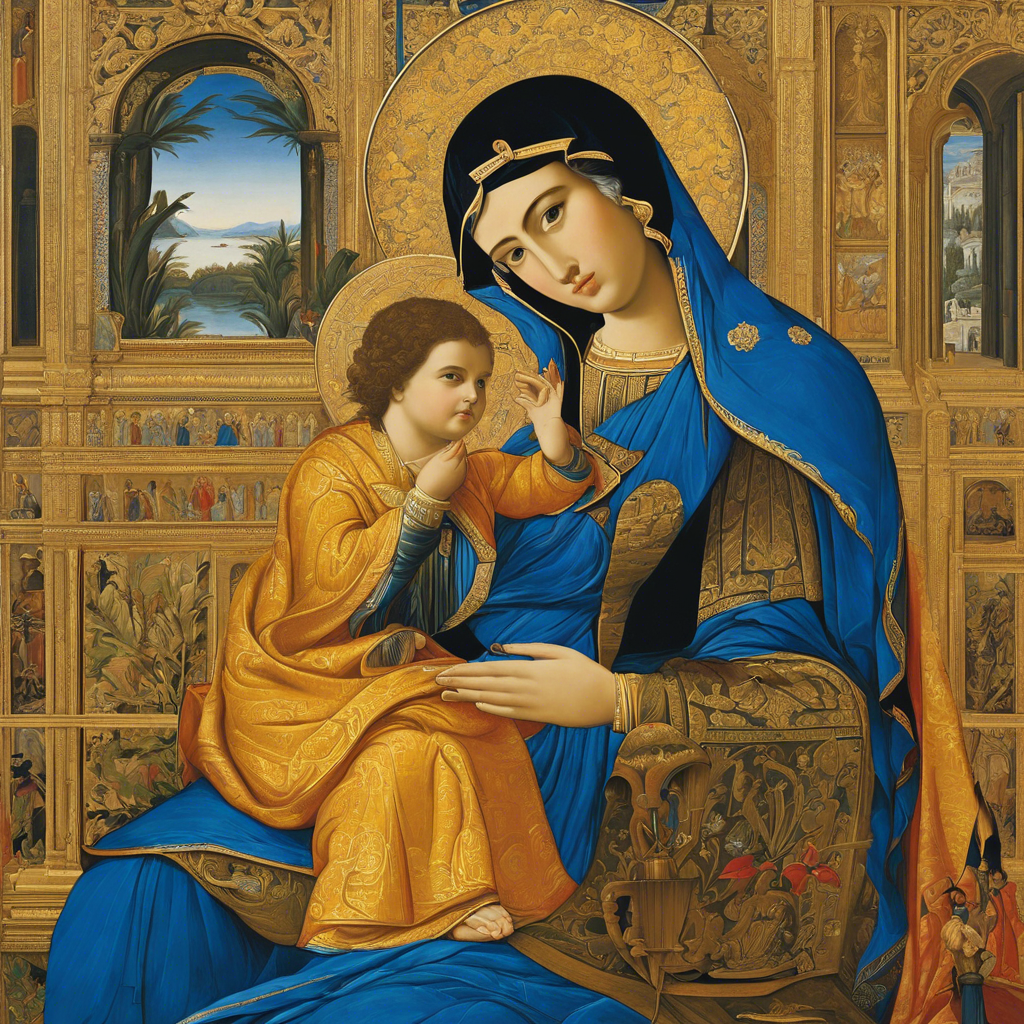The evolution of art throughout history is a captivating journey, one that reveals the changing cultural landscapes, societal values, and innovative artistic movements that have shaped our world. ‘The Canvas of History: Art Through the Ages’ explores the rich narrative of artistic expression, from ancient civilizations to the contemporary era, offering a glimpse into the diverse and inspiring world of art.
Art has played a pivotal role in human history, serving as a vessel for storytelling, cultural preservation, and self-expression. The earliest known art, found in caves across the globe, offers a glimpse into the lives and beliefs of our ancient ancestors. These primitive paintings and etchings, often depicting wildlife and spiritual scenes, laid the foundation for future artistic exploration. As civilizations evolved, so too did their artistic endeavors, with each new era bringing unique styles, techniques, and subject matter to the forefront.
The Renaissance, a golden age of art, witnessed the emergence of masters like Leonardo da Vinci and Michelangelo, who revolutionized the art world with their masterful depictions of the human form and innovative use of perspective. This period, marked by a resurgence of classical ideals, forever changed the artistic landscape, inspiring a new era of creativity and technical prowess.
Following the Renaissance, artistic expressions diversified, with movements such as Baroque and Rococo emerging and emphasizing drama, emotion, and ornate detail. The 19th century brought with it a wave of revolutionary styles, including Romanticism, with its emphasis on emotion and nature, and Impressionism, where artists like Claude Monet captivated the world with their vibrant, light-filled scenes.
As we journey further into modern times, the art world undergoes a radical transformation, with avant-garde movements challenging traditional norms. Cubism, led by Pablo Picasso, revolutionized the way we perceive and depict reality, while Surrealism, exemplified by Salvador Dalí, explored the subconscious mind and dreams.
Contemporary art continues to push boundaries, embracing diverse media and challenging societal norms. Artists today utilize innovative materials and methods, from digital media to performance art, to address societal issues, explore identity, and provoke thought.
The evolution of art is a testament to humanity’s enduring creativity and desire for self-expression. Each new movement builds upon the past, reflecting the changing social, cultural, and political landscapes that shape our world. As we look back on the canvas of history, we not only appreciate the beauty that has been created but also gain a deeper understanding of the human experience throughout the ages.
Delving into specific artistic movements and their cultural significance provides a richer context for understanding the evolution of art. From the ancient world to the present day, each era has left its distinct mark, influencing and inspiring future generations of artists. By examining the artistic trends, social dynamics, and groundbreaking artists of each period, we can trace the development of art as a powerful force that reflects and shapes our world.
The ancient world laid the foundations with art that served practical and spiritual purposes. For example, Egyptian art, with its distinctive hieroglyphics and idealized depictions of the human form, conveyed religious beliefs and recorded historical events. In contrast, Greek art, exemplified by sculptures like the Parthenon Marbles, showcased a new level of realism and attention to anatomical detail, influencing future artistic movements.
The medieval period brought a shift towards religious art, with illuminated manuscripts and intricate Gothic cathedrals reflecting the dominant spiritual themes of the time. This era also saw the emergence of iconic artworks like the Bayeux Tapestry, a remarkable embroidered narrative of the Norman Conquest of England, showcasing the power of art to convey historical narratives.
Renaissance art, a celebration of humanism and classical ideals, marked a pivotal point in art history. Masters like Leonardo da Vinci and Michelangelo elevated the artistic craft to new heights, blending science and art to create breathtakingly realistic depictions of the human form. The Renaissance also witnessed a flourishing of artistic patronage, with powerful families like the Medici in Florence supporting and commissioning groundbreaking works.
The Baroque period, characterized by dramatic lighting, emotional intensity, and dynamic compositions, further pushed the boundaries of artistic expression. Artists like Caravaggio and Rubens utilized dramatic contrasts of light and dark (chiaroscuro) to heighten the impact of their paintings, reflecting the theatricality and emotional depth of the Baroque era.
The 18th and 19th centuries brought a wave of diverse artistic movements. Neoclassical artists drew inspiration from ancient Greece and Rome, emphasizing order, balance, and classical ideals. Meanwhile, the Romantic movement, with artists like J.M.W. Turner and John Constable, celebrated the beauty and power of nature, often expressing emotional and spiritual themes.

